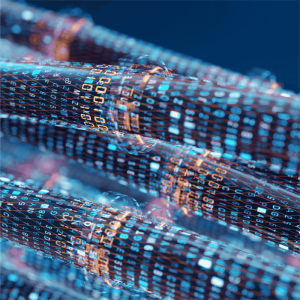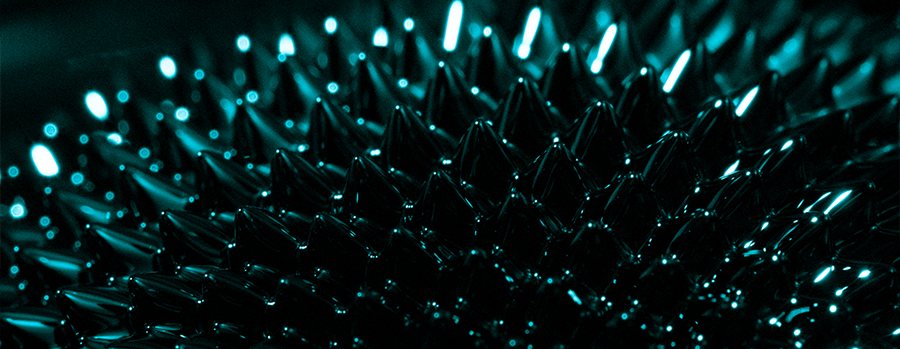Fiber Optic Medical Technology: Revolutionary Solutions for Healthcare
The impact of technology on the healthcare sector continues to offer life-saving innovations. One of the rapidly developing areas in recent years is fiber optic medical technology. This innovative technology offers revolutionary solutions in medical applications, from surgical interventions to diagnostic processes. Let’s examine how fiber optic technology is used in medicine and the advantages it brings to healthcare services.
What is Fiber Optic Medical Technology?
Fiber optic is a technology that uses thin glass or plastic fibers to transmit light. Fiber optic cables are used for high-resolution imaging, laser cutting or tissue treatment inside the body by transmitting light through very small and narrow areas. This technology is widely used especially in minimally invasive surgery, endoscopy, diagnostic devices and sensor systems.
Areas of Use of Fiber Optic Technology in Medicine
- Endoscopy: Fiber optic technology forms the basis of endoscopy devices. These devices transmit light through fiber optic cables to visualize organs and tissues inside the body, allowing doctors to diagnose diseases more accurately. Endoscopy is widely used in examining the digestive system, respiratory tract and other organs.
2. Minimally Invasive Surgery: Fiber optic cables are used in minimally invasive surgeries (such as laparoscopy). In such surgeries, small holes are opened instead of large incisions and surgical instruments and fiber optic cameras are placed in the body. In this way, surgical interventions become less risky and patients’ recovery times are shortened.
3. Laser Treatments: Fiber optic cables can direct laser energy to precise points. This is used in many areas such as dermatology, eye surgery and oncology. Procedures such as laser tissue cutting, tumor treatment or skin resurfacing are performed precisely and effectively with fiber optic cabling.
4. Medical Sensors: Fiber optic sensors are used to measure temperature, pressure and chemical levels inside the body. These sensors are of great importance especially in intensive care units, cardiology applications and monitoring other critical medical conditions. The small size of fiber optic sensors provides non-invasive monitoring and creates less discomfort for patients.
5. Neurology and Brain Surgery: Fiber optic cables are used in nervous system research and brain surgery. It helps detect neurological disorders by monitoring electrical signals in the brain and enables surgeons to perform delicate operations.
Advantages of Fiber Optic Medical Technology
- High Precision: Fiber optic technology increases the sensitivity of medical devices. By providing access to small and complex areas, it allows doctors to diagnose and treat diseases more accurately.
2. Minimally Invasive Applications: Fiber optic technology allows medical interventions to be performed with smaller incisions and entrances. This means less pain for patients, shorter recovery times and a lower risk of infection.
3. High Image Quality: Fiber optic cables offer high-resolution imaging. This allows doctors to examine organs, tissues and cellular structures in detail, which helps make more accurate diagnoses.
4. Fast and Reliable: Fiber optic systems provide fast and reliable data transmission. This is especially vital in medical sensors and real-time monitoring systems. Fast feedback allows for accurate and timely interventions in emergency situations.
Fiber Optic Technology for the Future of Medicine
Fiber optic medical technology continues to offer new possibilities in healthcare. In the future, with the further development of this technology, surgical interventions will become more precise, diagnostic processes faster and treatments more effective. In addition, fiber optic systems integrated with innovative technologies such as artificial intelligence and big data analytics will increase the quality of healthcare services.
Conclusion
Fiber optic medical technology is one of the most important innovations in modern medicine. This technology continues to revolutionize surgical, diagnostic and therapeutic processes, making healthcare safer, more effective and less invasive. Fiber optic solutions will play a critical role in shaping the future of healthcare for medical device manufacturers and healthcare professionals.
If you would like to learn more about fiber optic medical technology or discover our innovative solutions in this field, you can contact our expert team. We are here to provide the most advanced technologies in healthcare.^






